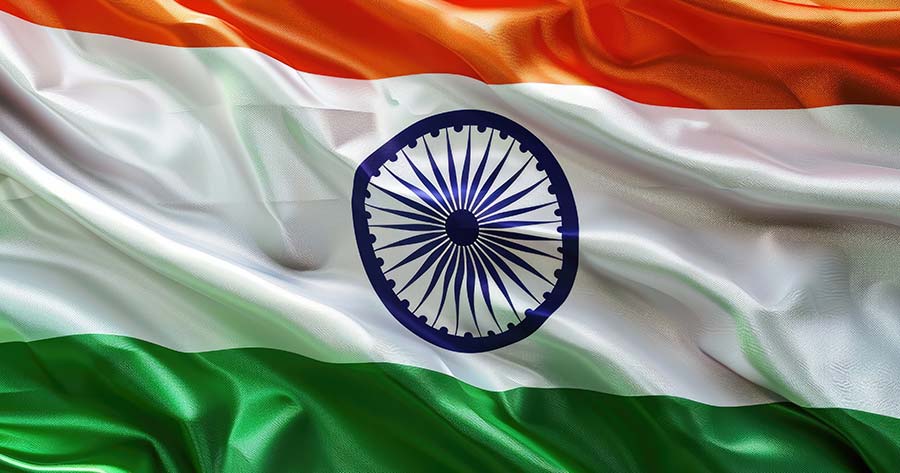In the coming September 22, India’s several ranges of goods will have their tax reduced, while the nation’s Goods and Services Tax (GST) will be restructured to increase domestic demand as the economy faces challenges from the U.S. tariff, according to Finance Minister Nirmala Sitharaman.
Currently, India’s GST features four main rates: 5%, 12%, 18%, and 28%. The new plan will phase out the 12% and 28% categories, shifting most goods previously taxed at these rates into the 5% and 18% brackets instead. Furthermore, Sitharaman stated that GST in every individual life insurance policies and health insurance will also be removed.
Although this plan may raise the domestic demand, India’s federal and state governments estimated to lose about USD 5.49 billion. Still, experts from SBI stated that the consumption boost from the GST restructure will more than offset the impact to revenue, while the impact on fiscal deficit would be insignificant. Several consumer goods and electronics firms will benefit from the restructure as well.
The call for the GST restructure came as Indian Prime Minister Narendra Modi urged the nation on its Independence Day to become more self-reliant, manufacturing its own product instead of import from other countries. This came after the U.S. imposed a 25% tariff on India’s products on top of the original 25% rate as a punishment for continuing purchasing Russian oil that funded the Ukraine war.





